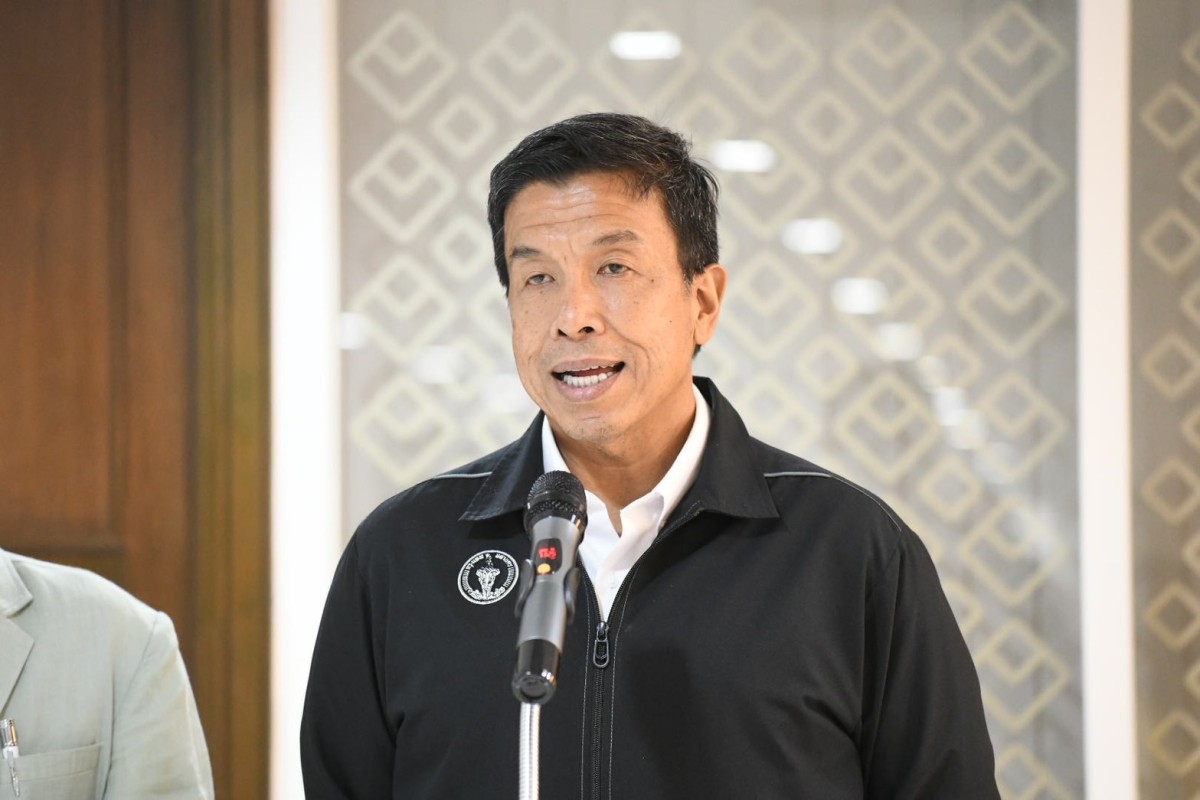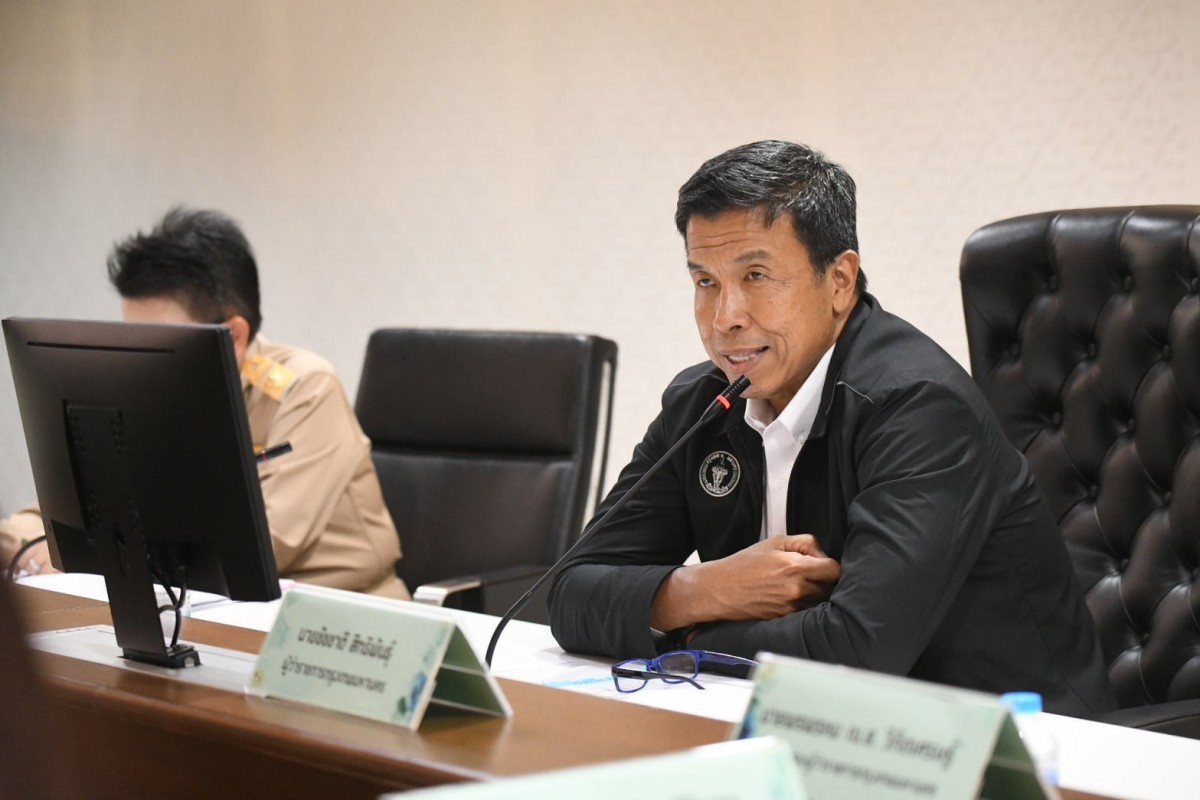
“In the Bangkok area, a carbon footprint or carbon dioxide is released of 43,000,000 tons per year. The aim is to try to reduce it. Greenhouse gases come from a variety of sources, most of which come from the energy sector, including energy use in buildings, air conditioning use, and energy use from the transportation sector, totaling more than 90%. It is the cause of all greenhouse gas emissions in Bangkok. The rest are greenhouse gases from landfilling waste, causing methane gas, which results in greenhouse gases as well as polluted water. All of this will be reduced by helping to plant trees to increase green space.”
Mr. Chadchart Sittipunt, Governor of Bangkok, spoke after being the chairman of the Steering Committee on the Implementation of Bangkok Master Plan on Climate Change 2021-2030) No. 1/2024.
Mr. Chadchart added that Bangkok has tried to talk about Net Zero, which is a commitment that Bangkok has as well as all over the world.
But actually, we should look at short-term goals to make them clearer.
In 2030, the goal was to reduce carbon by at least 10,000,000 tons. Today the energy plan is being discussed because energy is the main cause of more than 90% of problems. We have now tried to break down our goals each year to make them clear.
There are many measures to help with transportation, promoting the use of public transportation more, reducing oil use, and using more solar cells. We have several measures in place to make Bangkok a solar cell metropolis by using more energy from sunlight. It is energy that does not produce greenhouse gases. Bangkok has focused on 3 districts by inviting the Greenhouse Gas Management Organization (Public Organization) to help determine how much greenhouse gases each district has produced. At least we must first see how much we produce. Then we will expand the results to every district, including various communities. Various progress is quite possible.
Mr. Pornphrom Vikitsreth, Advisor to the Governor of Bangkok and the first Chief Sustainability Officer of the BMA said that the plan must come from 3 parts, one of which is the promotion of increasing energy efficiency for example, switching to LED light bulbs or limiting the cooling of buildings, which use a lot of energy. The second is to promote the use of renewable energy and the third is to promote the use of alternative transportation. All these details must be disseminated to the public as a guideline for their operations and for the public sector’s plans to become part of Bangkok’s greenhouse gas reduction goal of 10,000,000 tons per year.
——-




